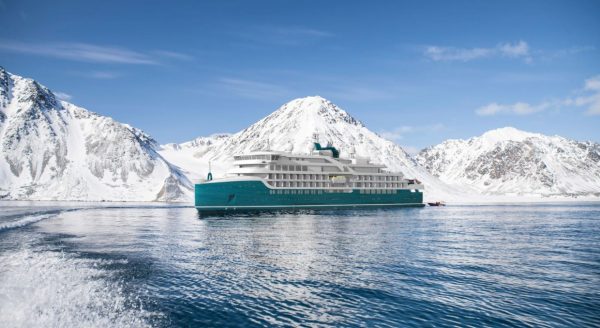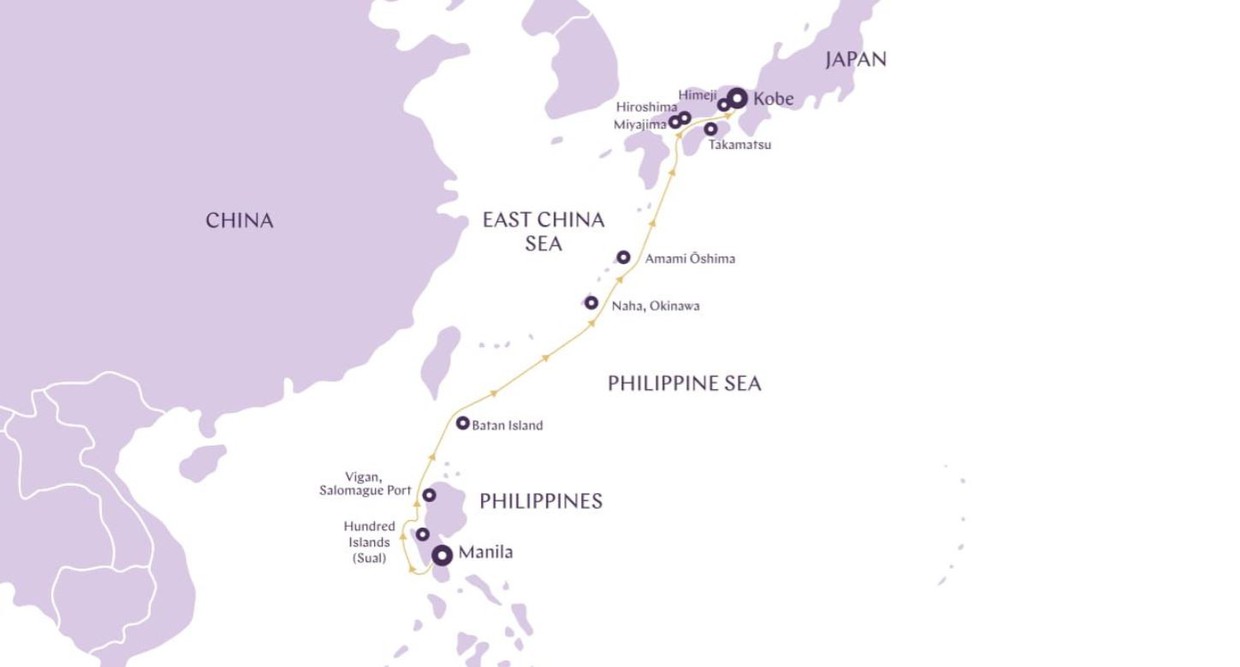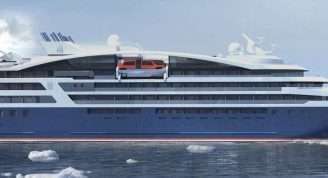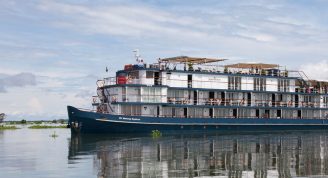Description
Experience the fascinating Philippines, Amami Islands and Japan with passionate experts, cruising on your luxurious ship to stunning and unique ports including Manila, Naha, Hiroshima, Takamatsu and Kobe. In the Philippines, palm-lined beaches meet magnificent dive sites. Made up of 7,641 tropical islands, the Philippines is inhabited by some of the world’s friendliest people, who live in a great cultural melting pot. Enjoy the warmth of their welcome before sailing to Japan, where the ancient meets the ultra-modern. You’ll be staggered by both the country’s beauty and its hospitality, rooted in centuries of tradition.
Trip Name
Phillippines, Amami Islands & Japan Expedition
Days
12
Overview
Vessel Type: Expedition Ship
Length: 115 meters
Passenger Capacity: 152
Built: 2020-2021
Arriving in November 2021, our 5 star elegant Scandi-design boutique ship offers you an intimate setting from which you will be fully immersed in all the sights and scenery of your voyage.
Introducing SH Minerva
Our brand new ship has been designed to journey to off the beaten path destinations and remote polar regions in style and comfort. The ship incorporates a PC5 ice-strengthened hull combined with extra-large stabilisers to make your journey as smooth as possible.
Sophisticated Elegance
We know how important outdoor space is, so our spacious, relaxing public spaces provide wide open, unobstructed views throughout the ship. The destination will always be in view.
Your Wellbeing
The safety & happiness of our guests is paramount to our 120-strong crew on board as well as our passionate expedition team who'll be serving up thrilling shore excursions and lasting memories.
Cabin Types
Our 76 cabins including 6 suites have all the amenities you will need to feel comfortable including dressing gowns, hairdryers, personal safes and minibars. Our stylish cabins all have desks, a dressing area and comfy seating. En suite bathrooms all feature glass-enclosed rain showers.













